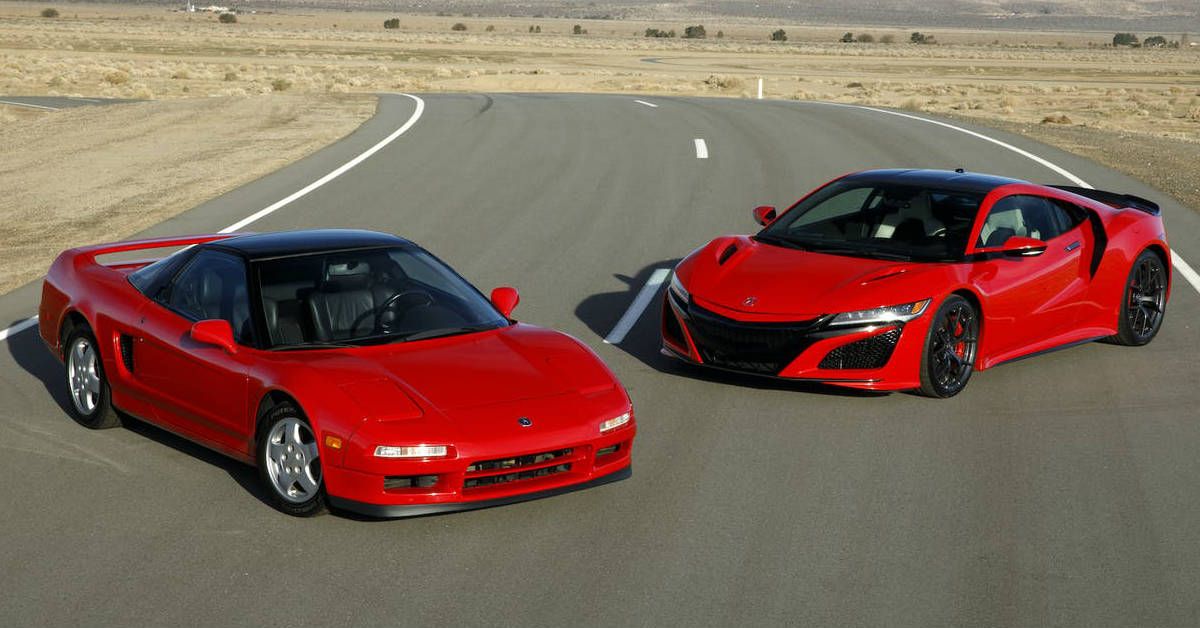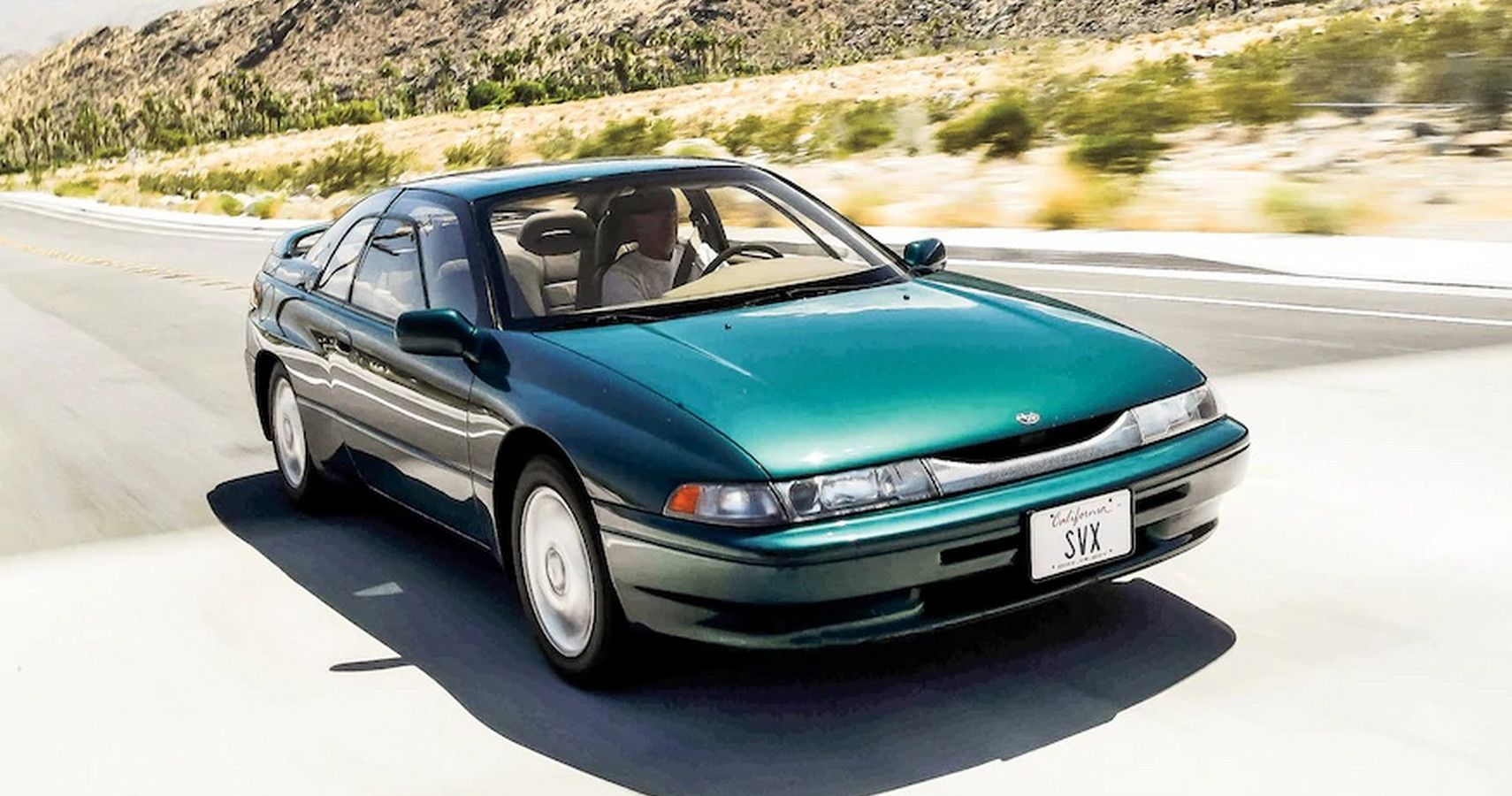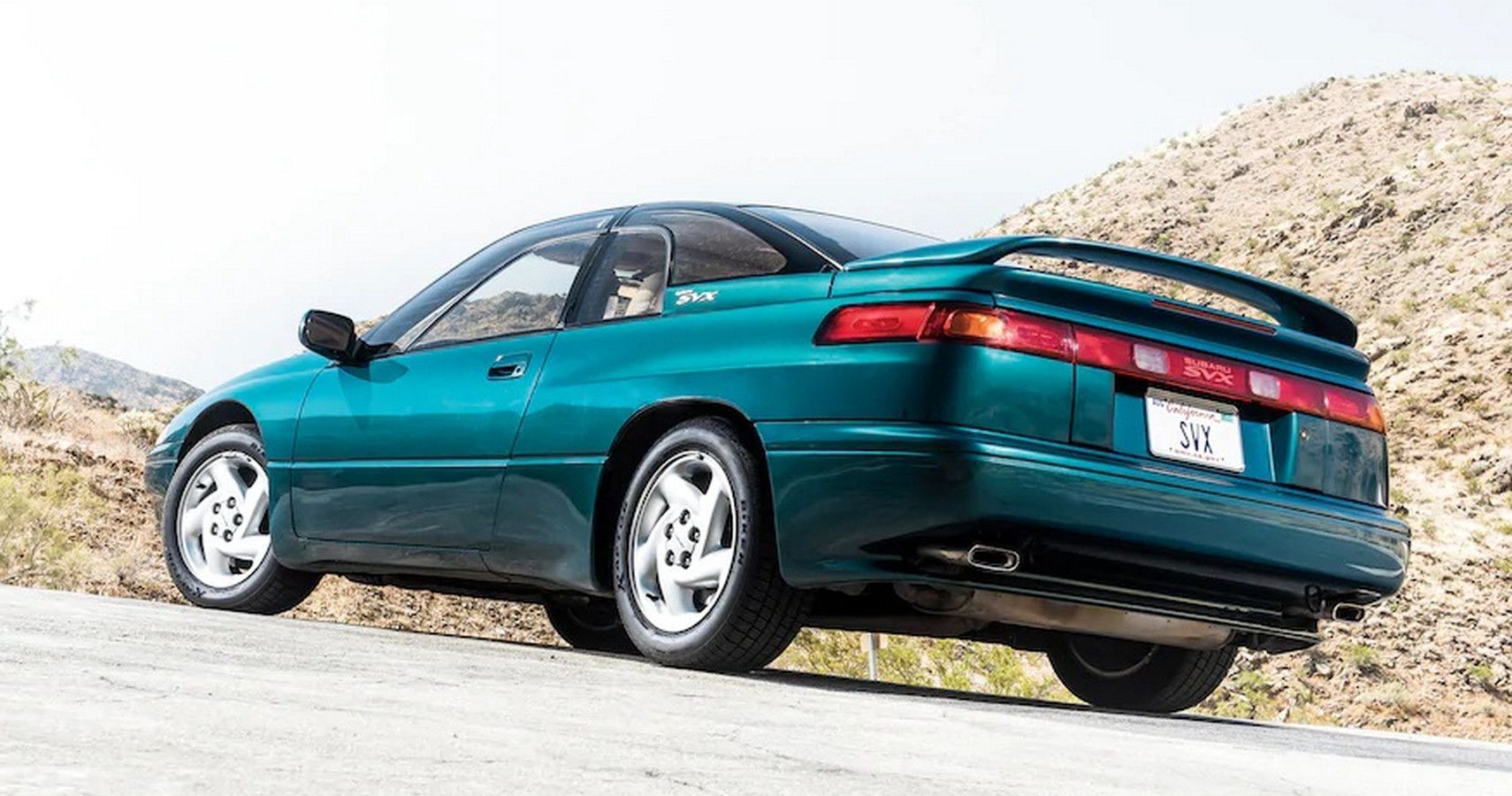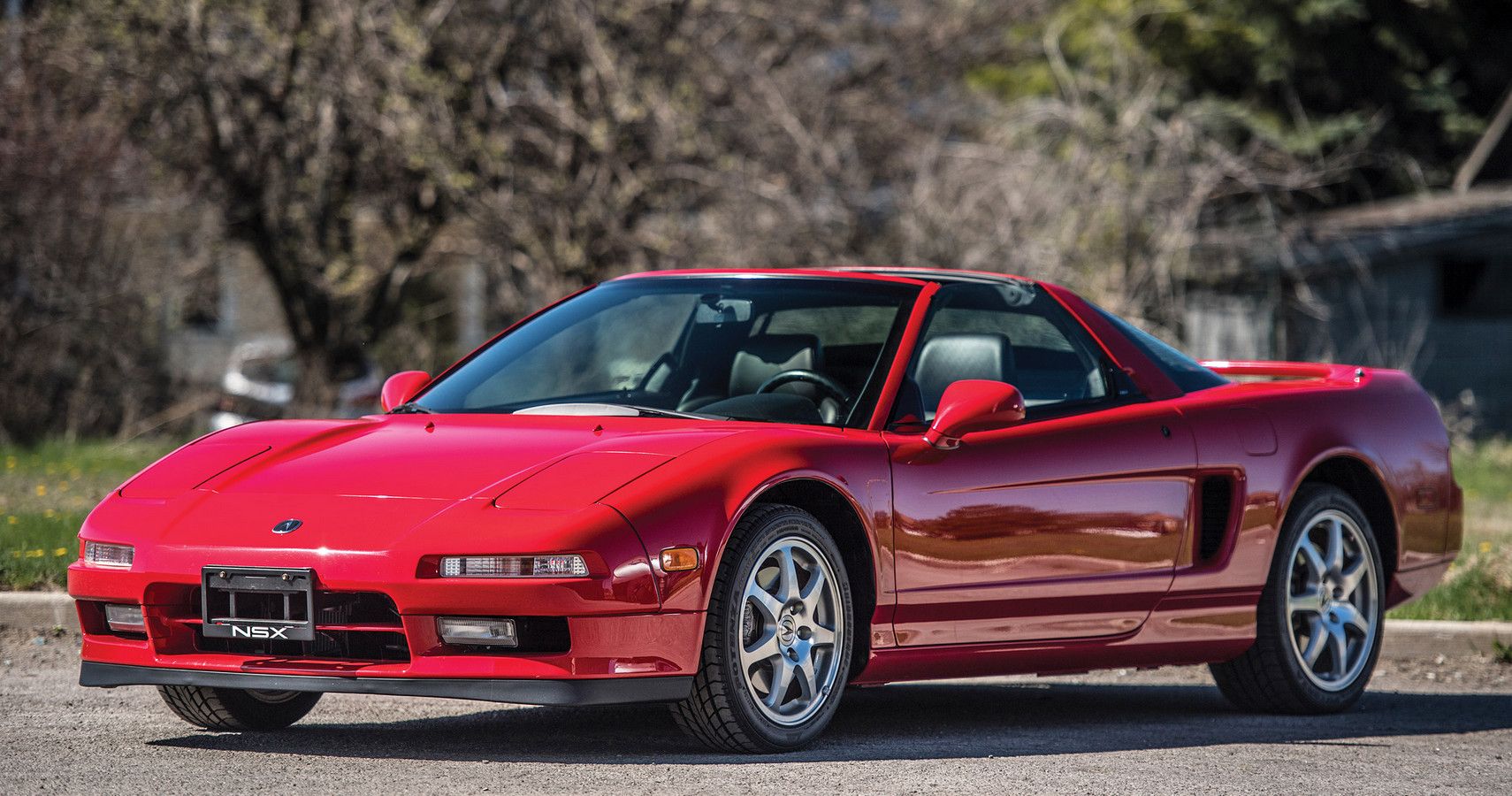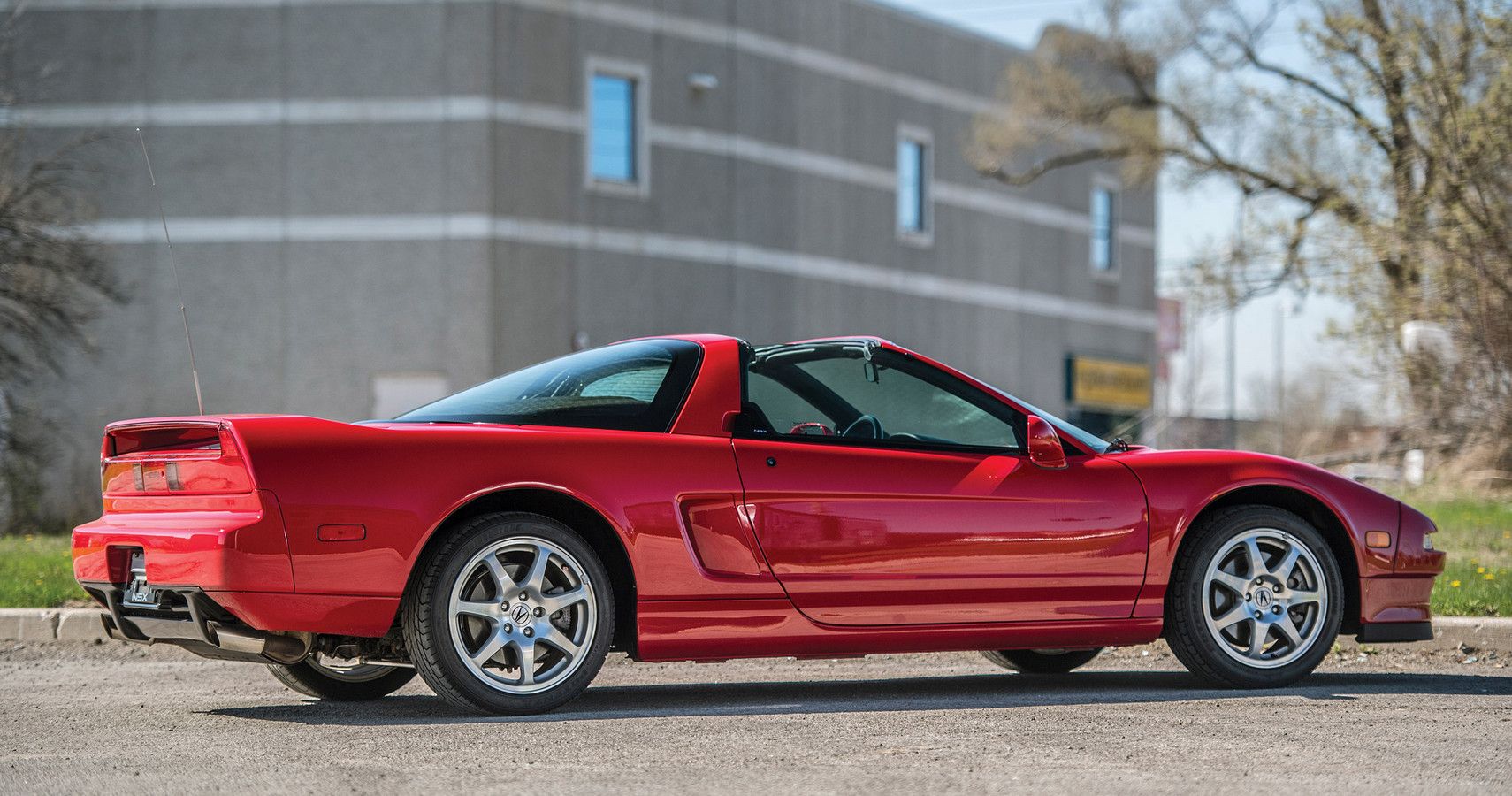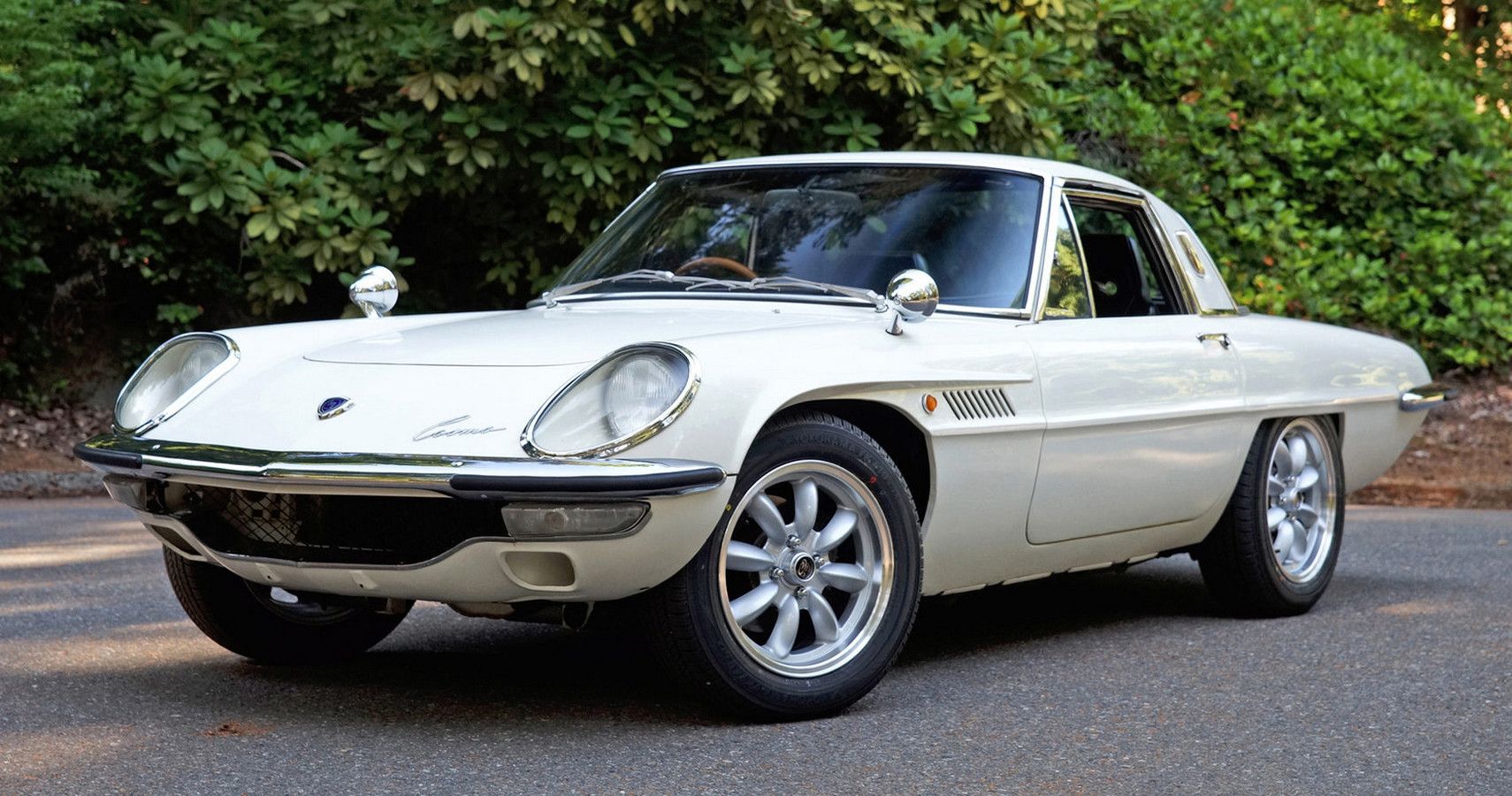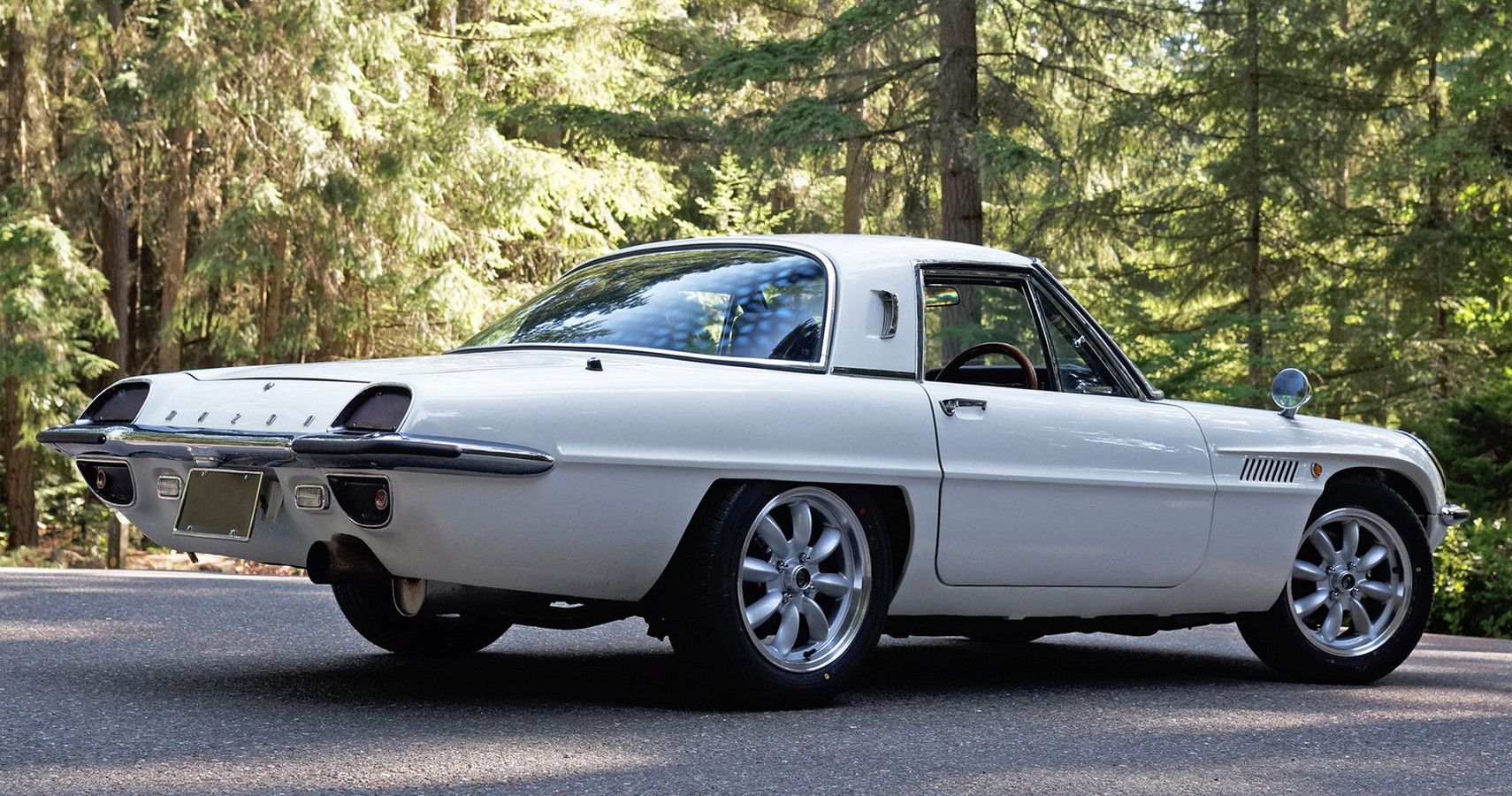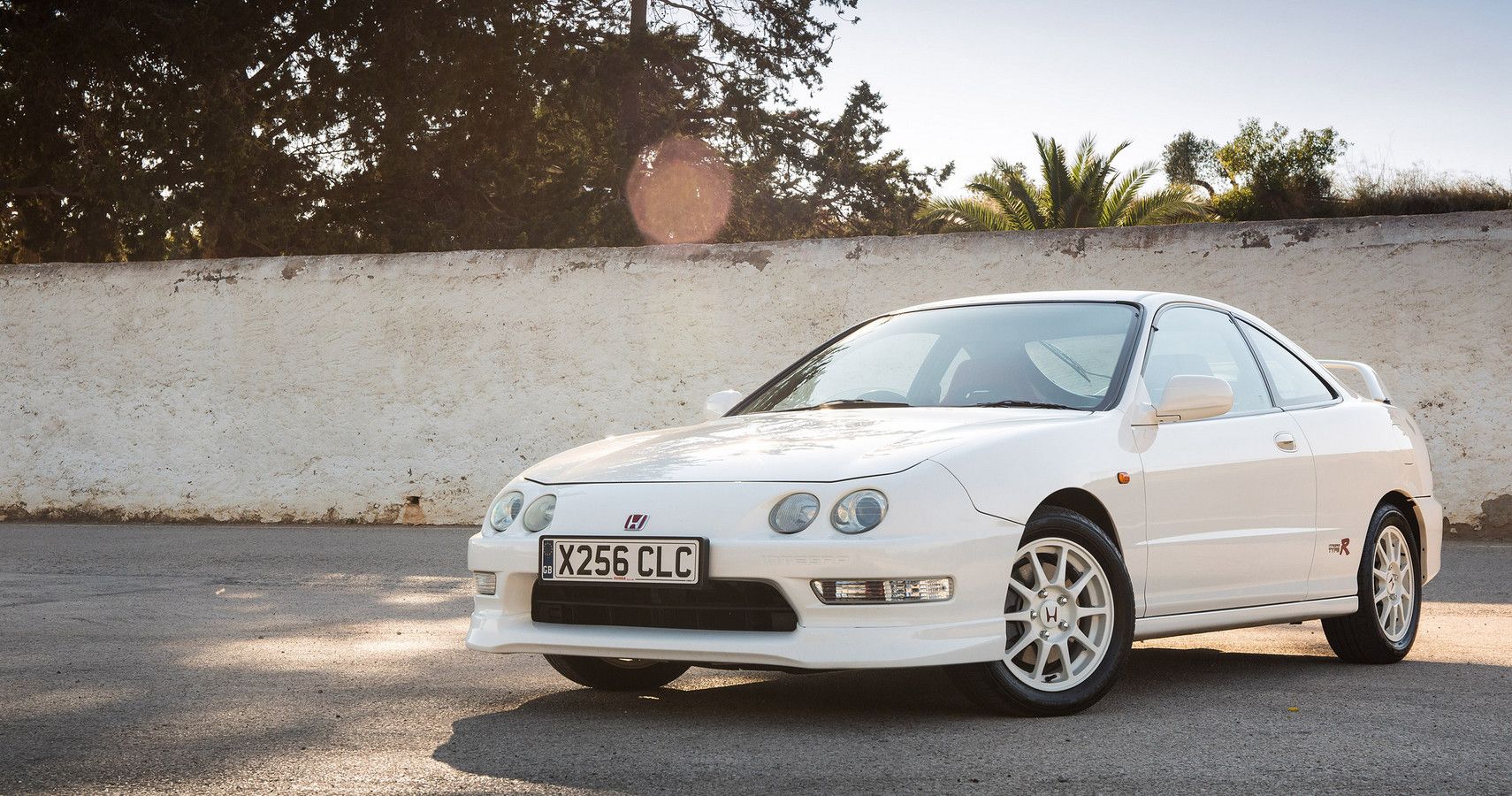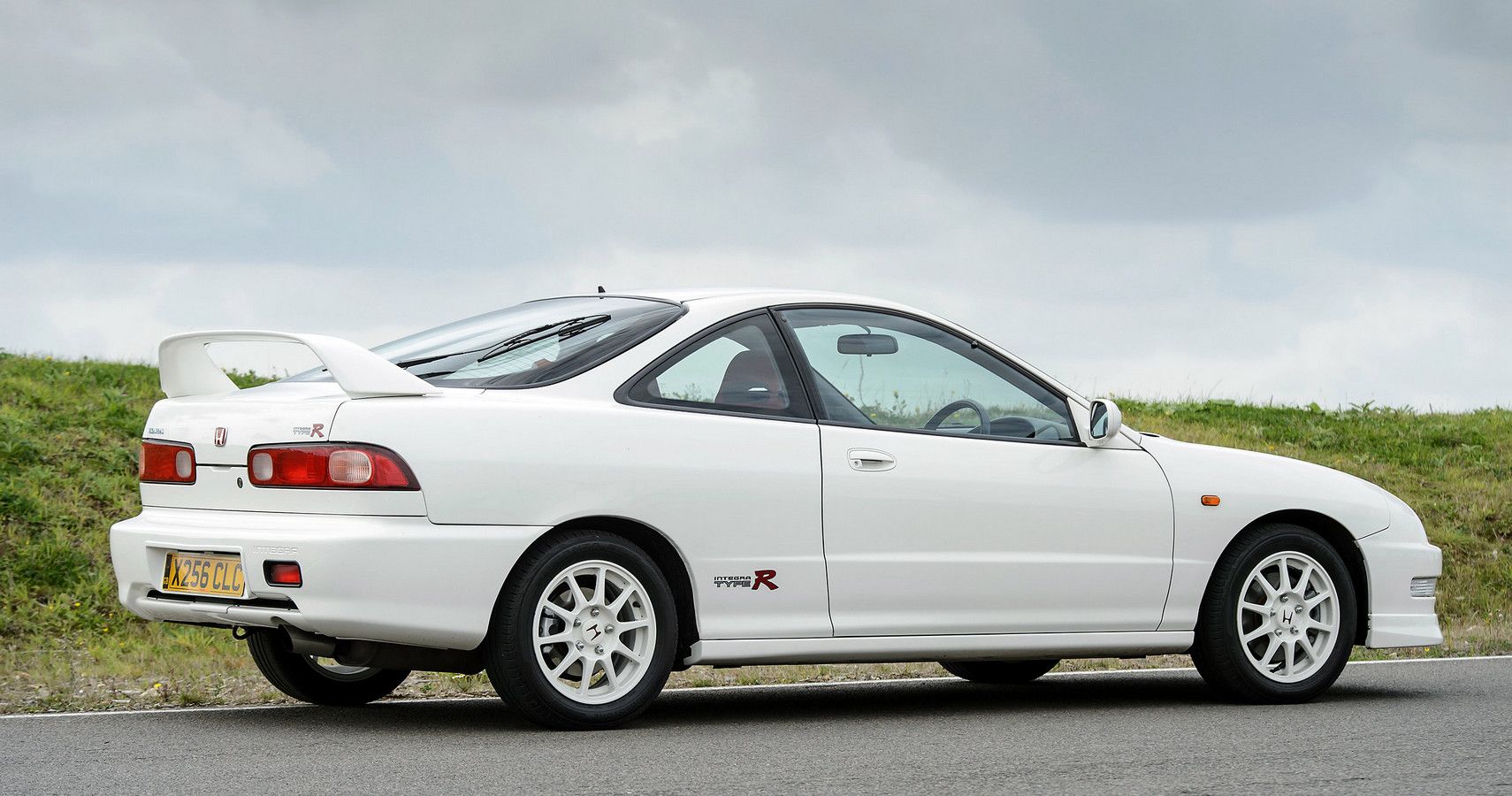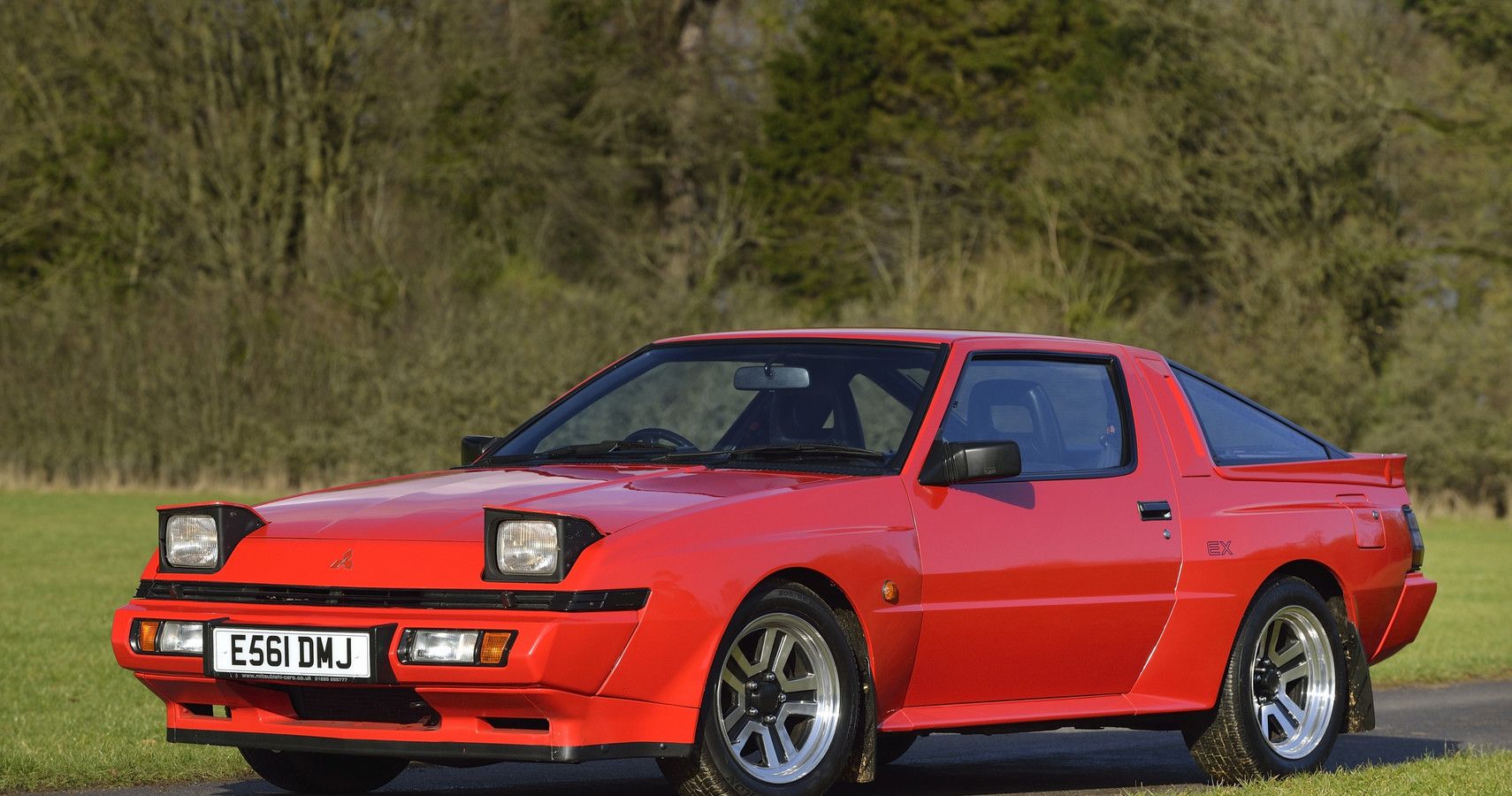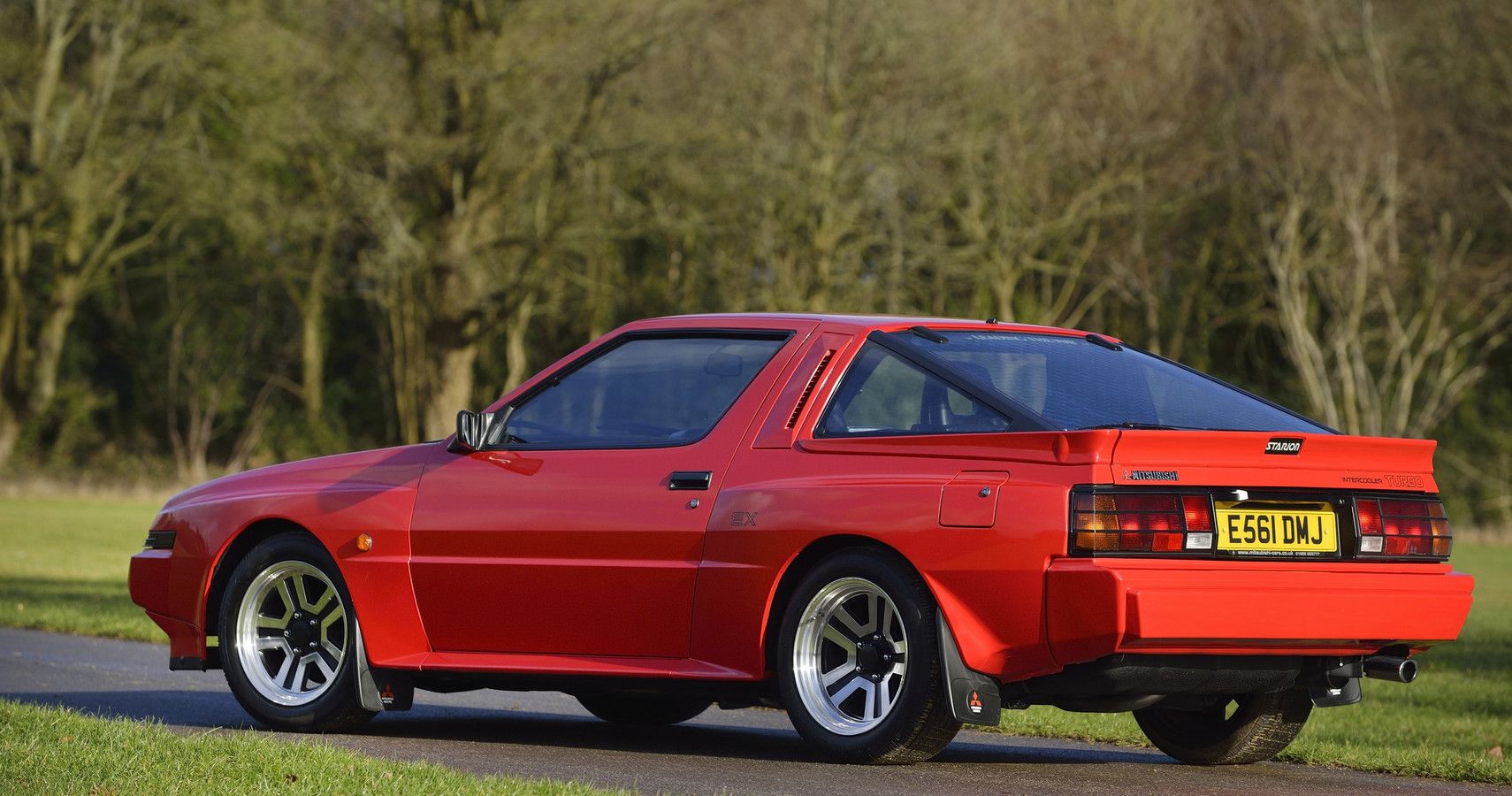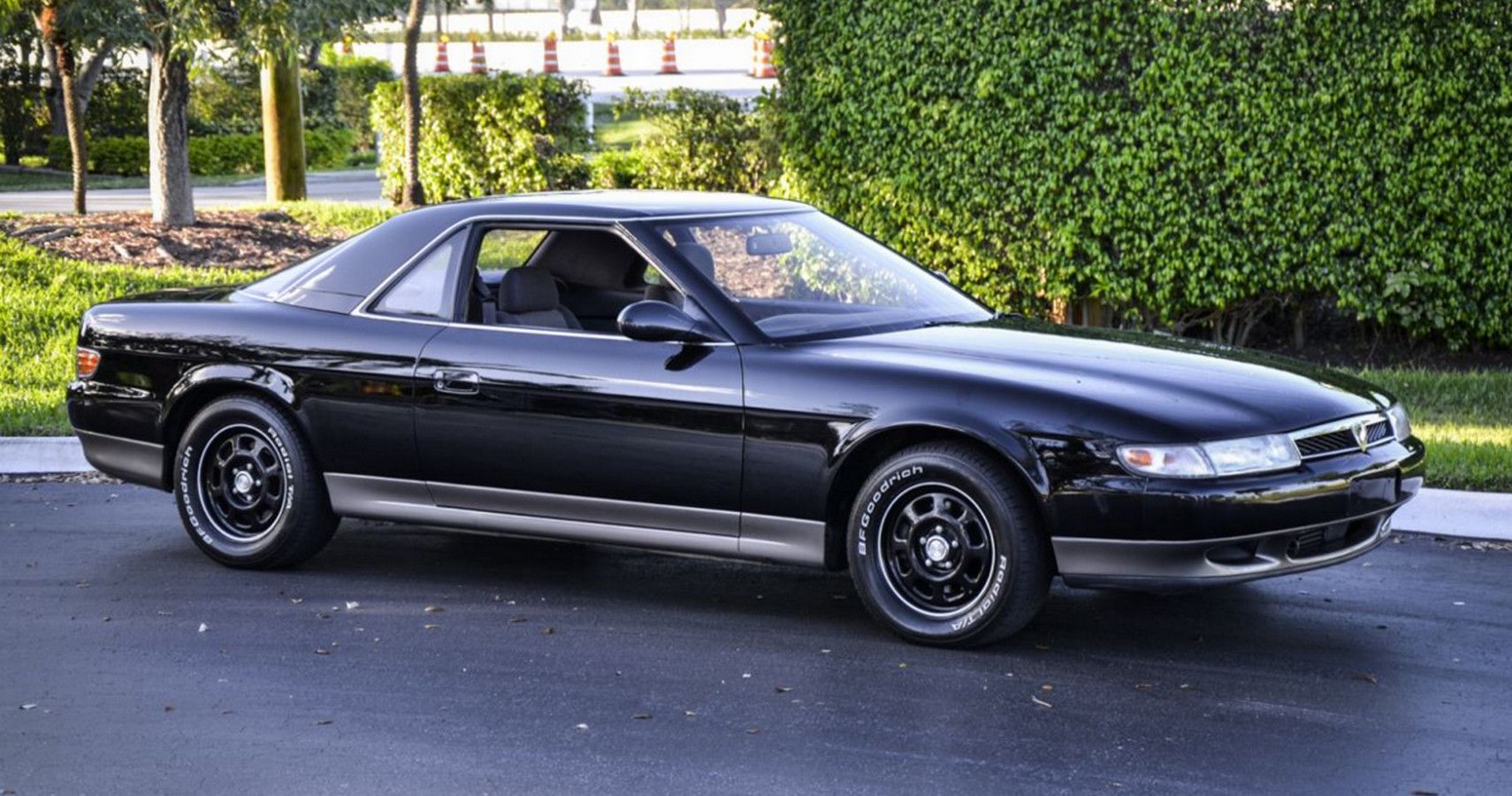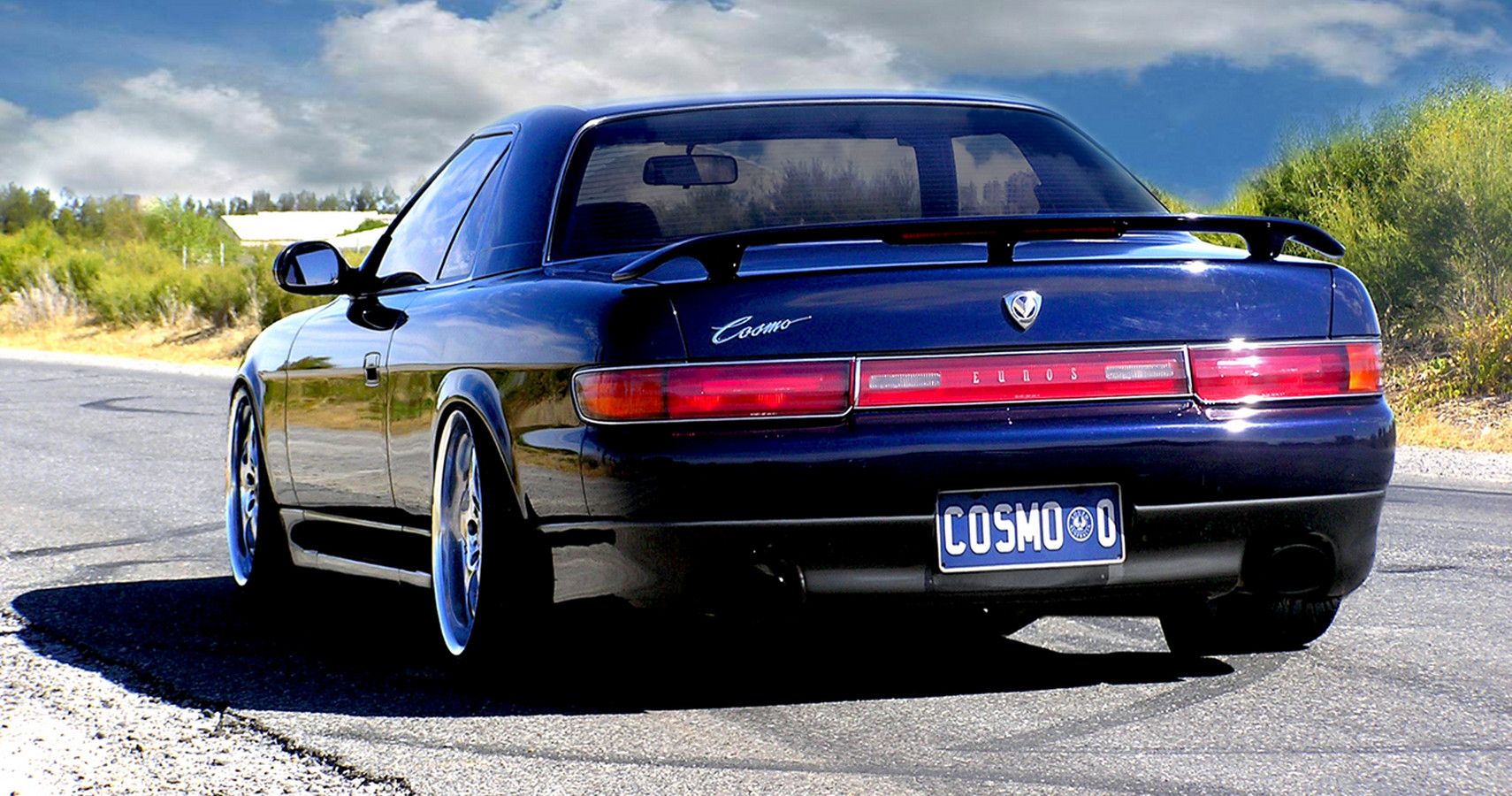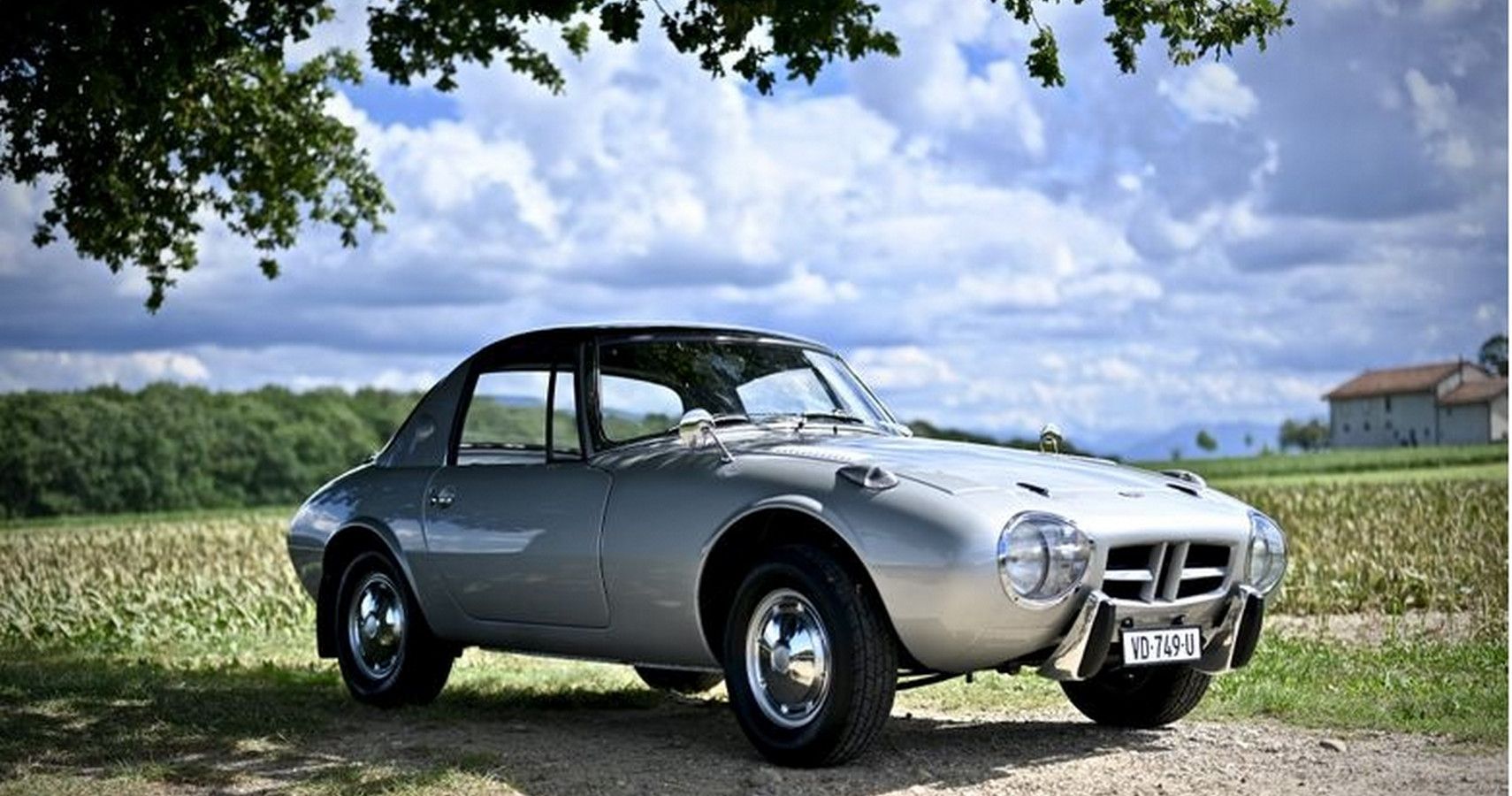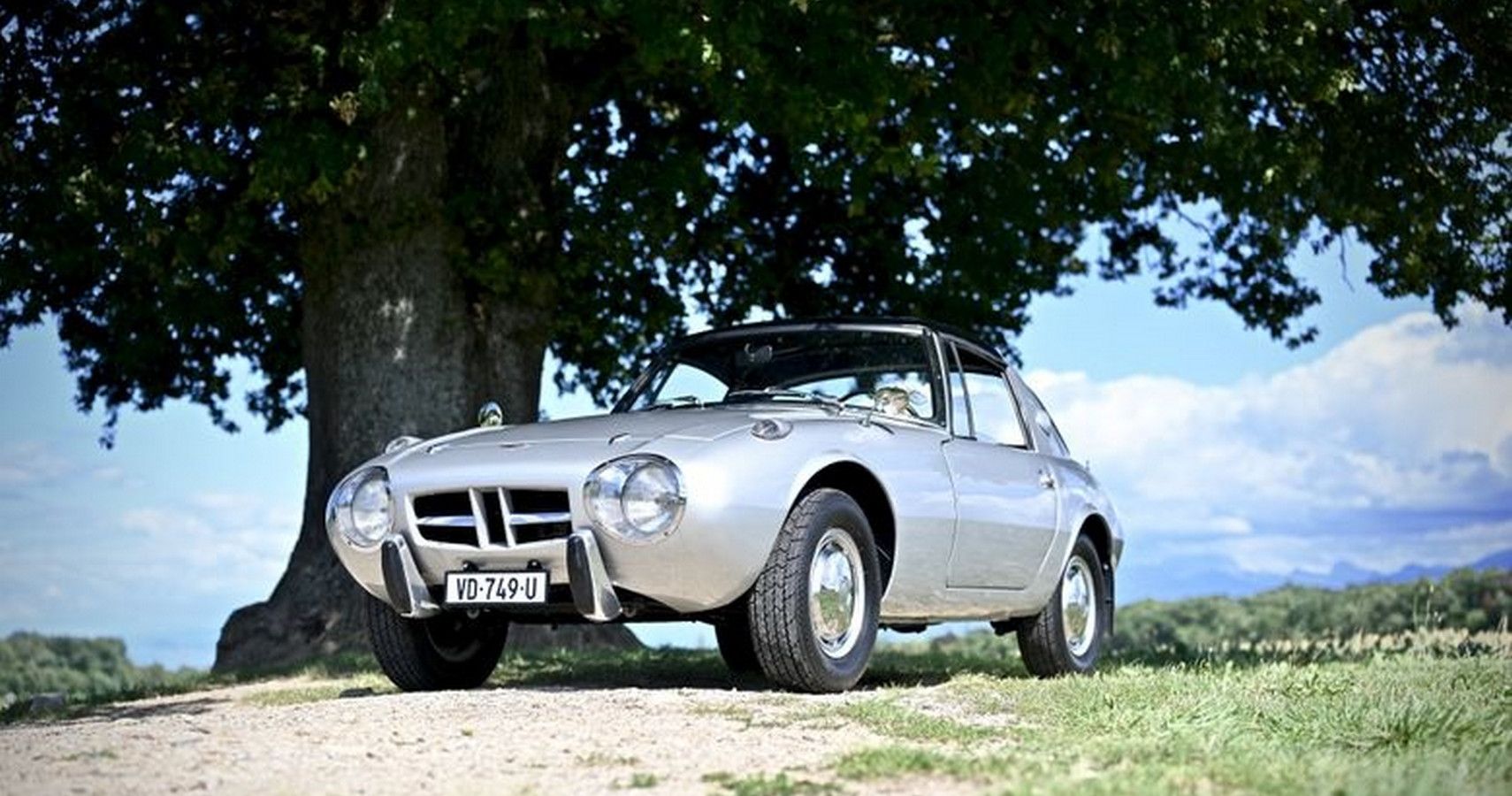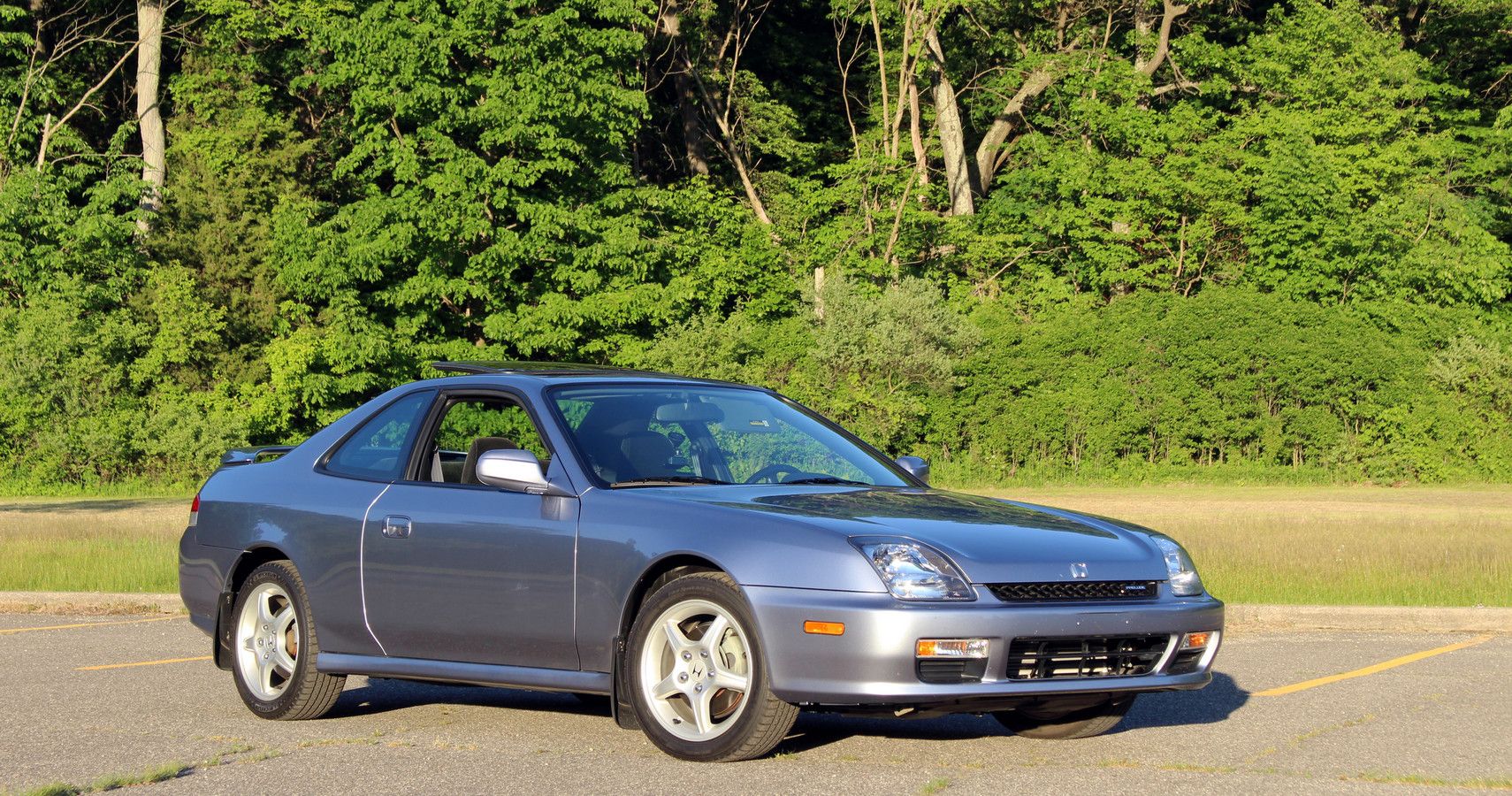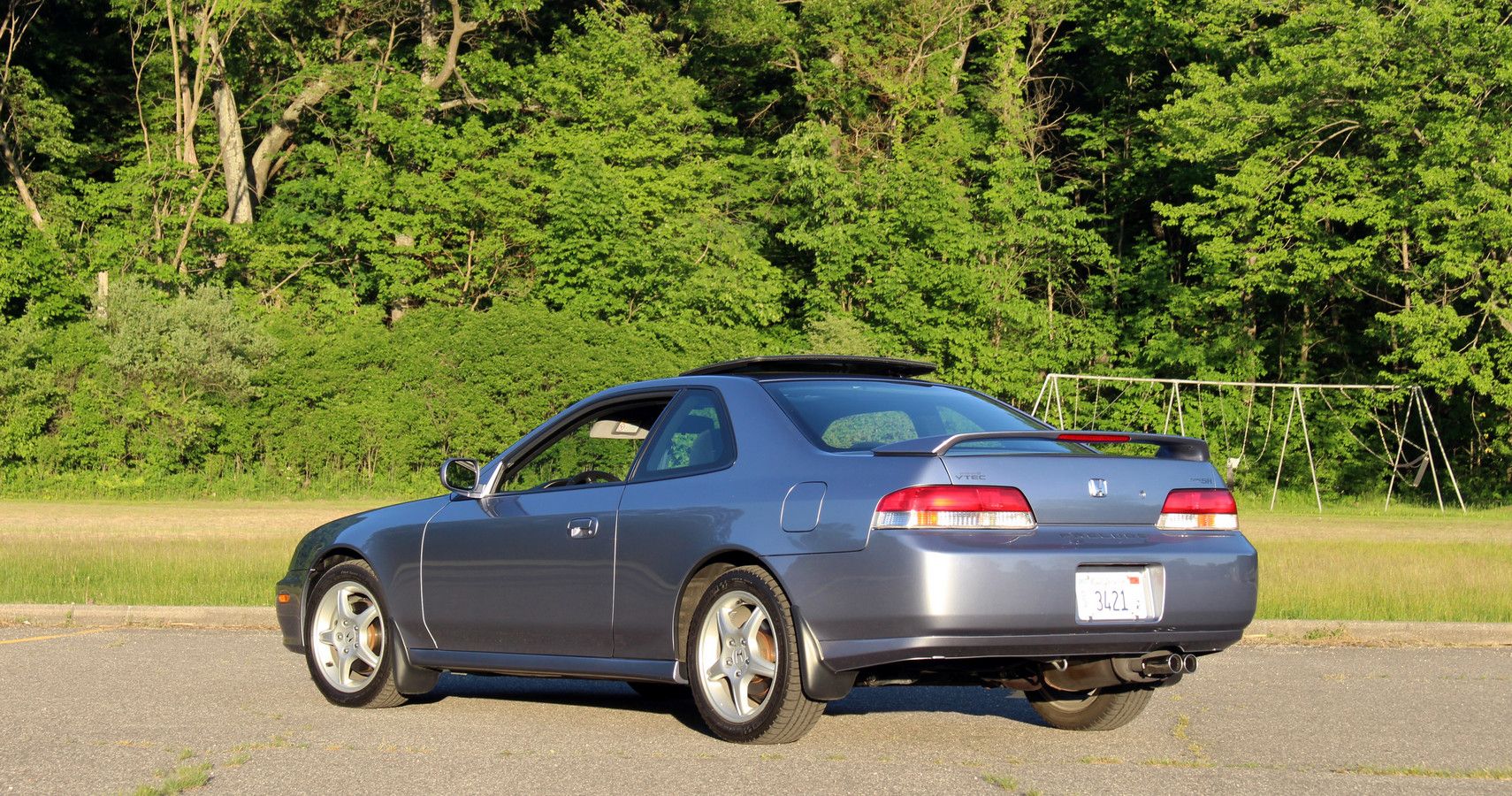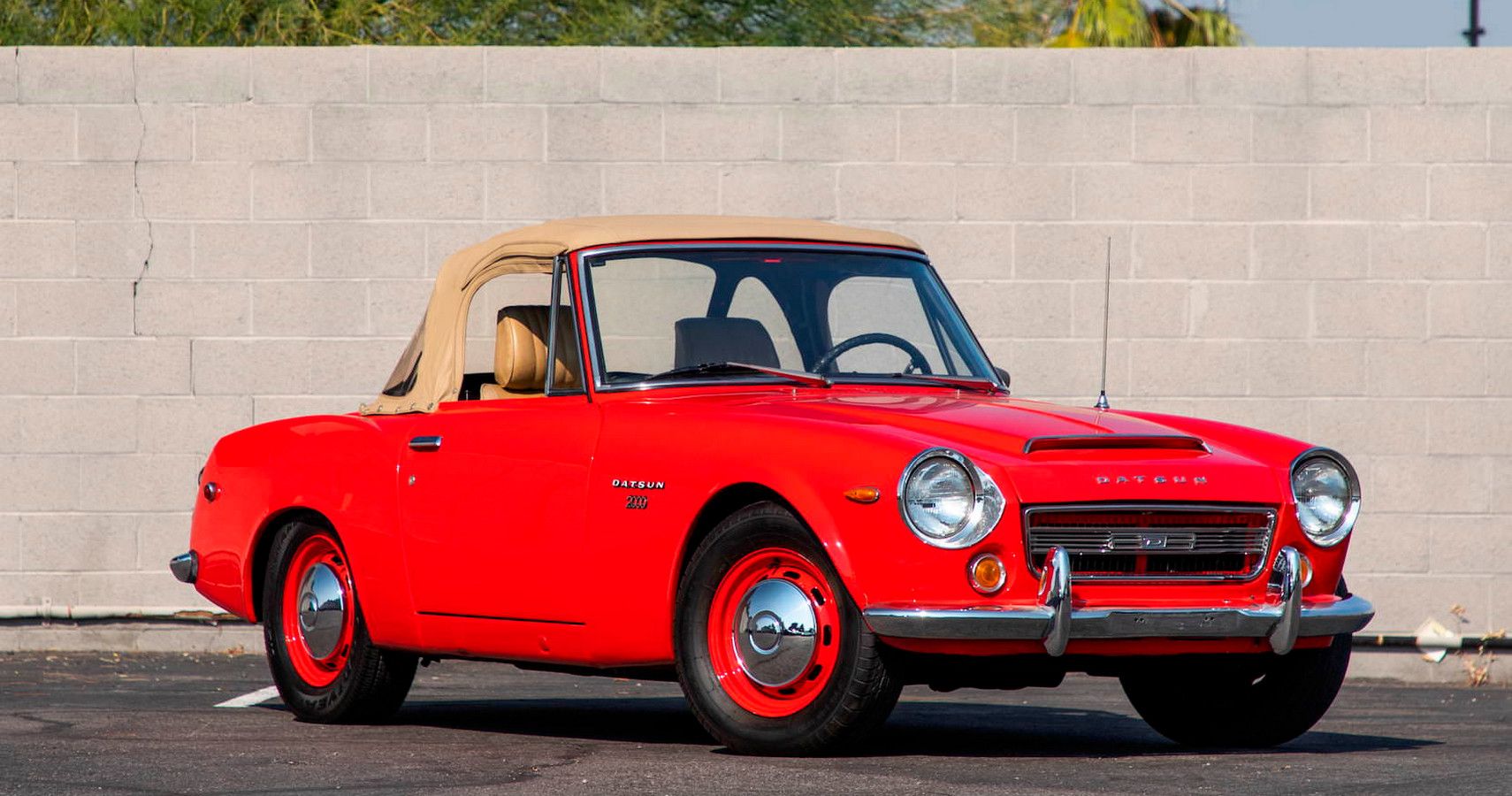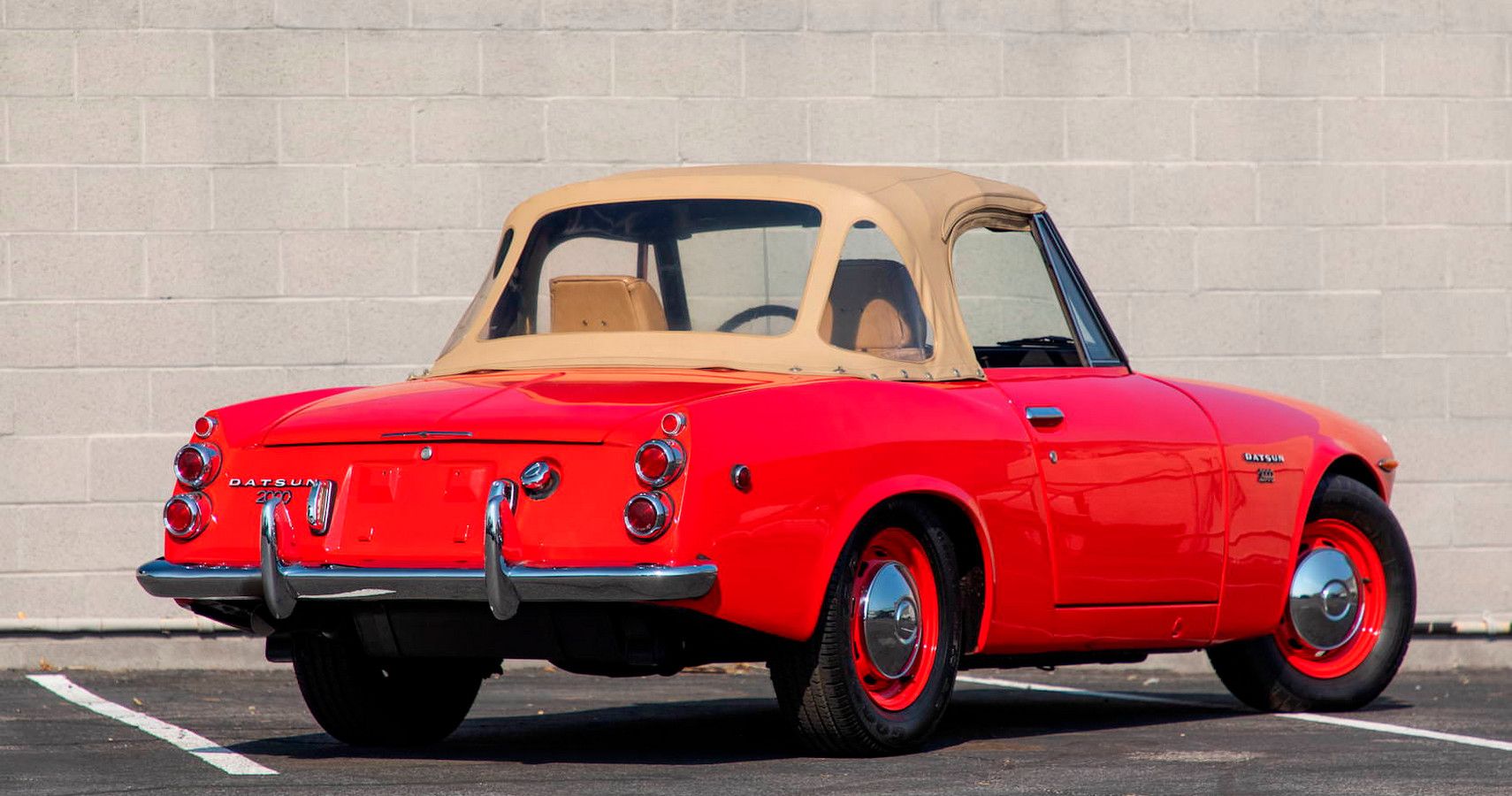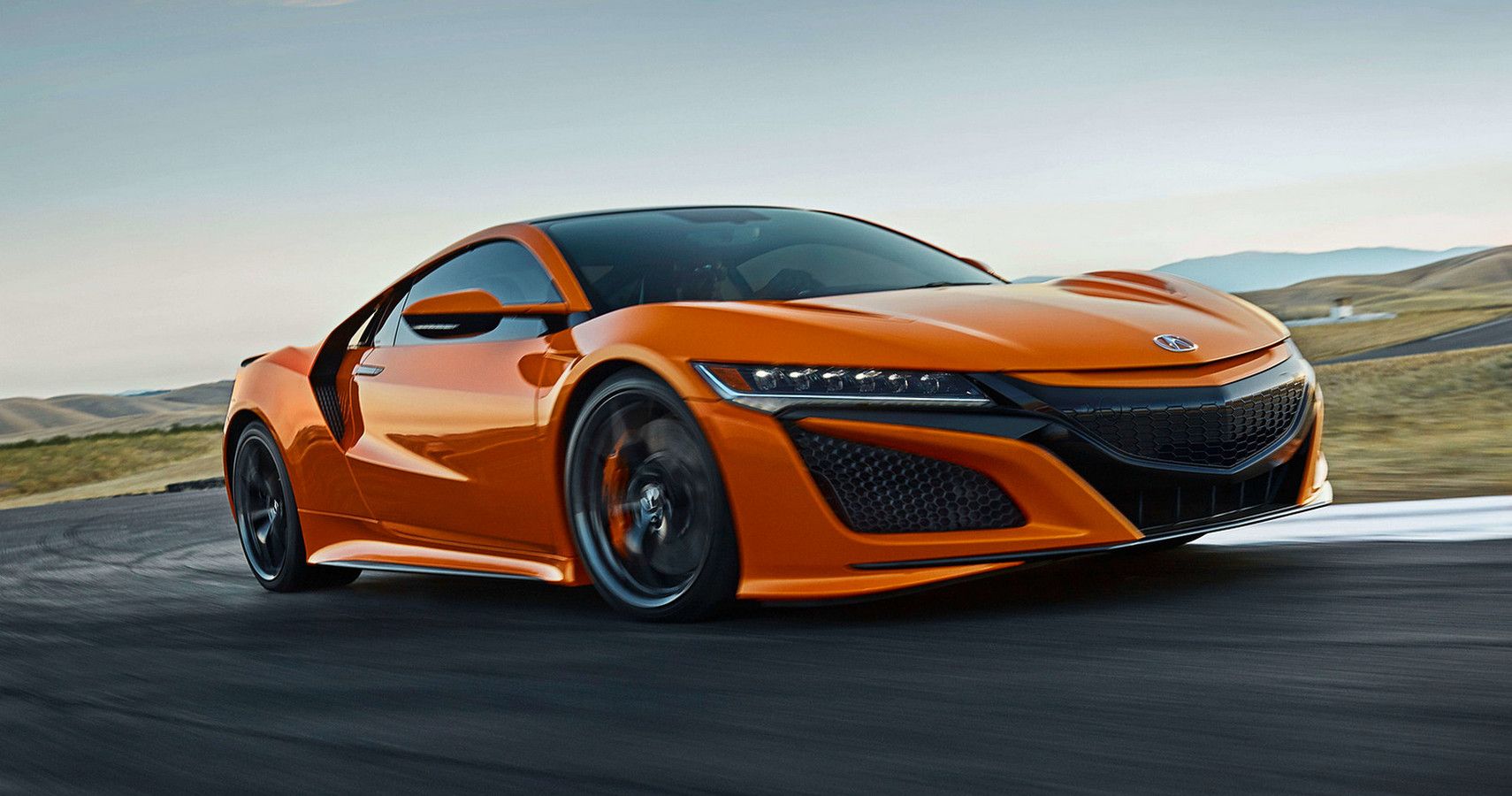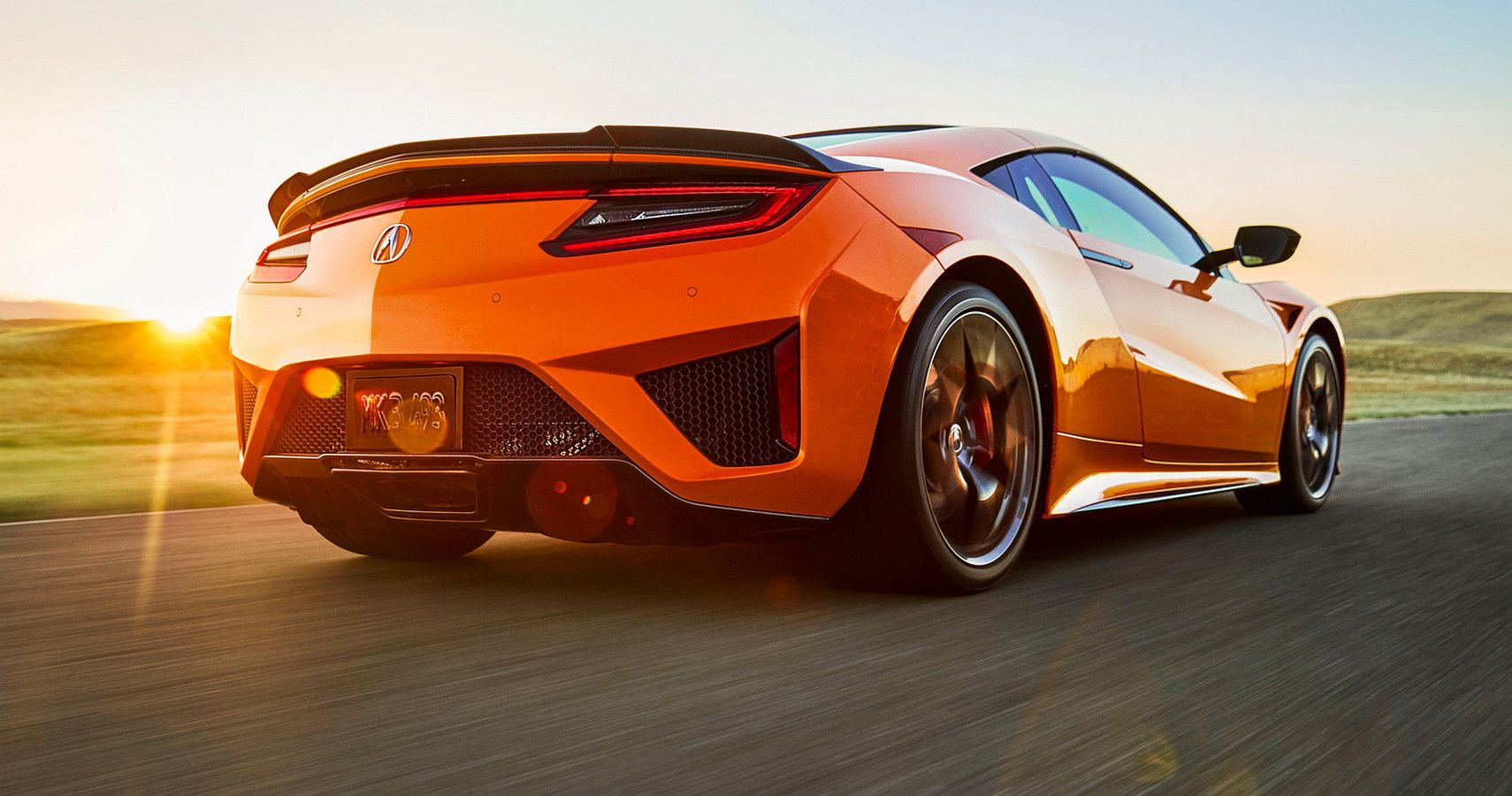Buying a Japanese sports car makes perfect sense, few other car manufacturing countries provide the level of quality and equipment, however, that doesn't mean every sports car from Japan is a huge sales success.
Since the 1960s, Japan's automotive industry has been at the forefront of design and technology, most of the equipment in today's cars are likely by-products of Japanese design. Those gadgets and gizmos along with some arguably too futuristic designs have also been their downfall, pushing the boundaries too far is not always a good thing.
Proving that no carmaker is immune from poor sales, these sports cars should have sold way better than they did.
10 Subaru Alcyone SVX (1991-96 - 24,379 Cars Sold)
Long before Subaru launched the Impreza, the Japanese automaker had on several occasions dabbled in the sports car market, most notably with the poor selling Alcyone SVX, a great car way ahead of its time.
From a mechanical perspective, it should have been a success with a muscular 230 HP 3,3-liter boxer engine capable of launching the car to 60mph in 6.8-seconds and an equally impressive 155mph. However, the quirky styling failed to win gearheads over and meant the SVX flopped, selling less than 25,000 cars worldwide.
9 Acura NSX (1990-2005 - 18,685 Cars Sold)
One of the best-handling sports cars of all time, the first generation NSX had everything going for it. A sleek, modern sports coupe that should in theory have been as popular as any Porsche of Ferrari.
A truly groundbreaking design, the NSX, built exclusively from aluminum, didn't require a massive, powerful engine. The savings in weight permitted a more efficient 3.liter V6 unit, with enough power to top 160mph. How did the NSX fail commercially? We suspect the lack of badge prestige may have had something to do with, just 18,685 examples were sold over a 15-year period.
8 Mazda Cosmo 110S (1967-72 - 1,176 Cars Sold)
Ever since Mazda introduced the first Cosmo in 1967, its unique design and engine have been one of the largest selling points for the carmaker. The early gamble on rotary engine technology has long since paid off, with 2 million Wankel powered Mazda road cars built to date.
The Cosmo, Mazda's "halo" car, should have been a storming success, but sales and production figures tell a different story. Just 1,176 series 1 Cosmo 110S rolled off the production line. Although early engine reliability issues are partly to blame, poor sales figures would largely be down to the slow, hand-built construction process with just a single car per day completed.
7 Honda Integra Type R (1996-2001 - 20,064 Cars Sold)
Among the Honda faithful, nothing shouts performance quite like the infamous Type R specification. Indeed some of Honda's best-selling performance cars are branded this way.
Die-hard sports car fanatics will always take a dim view of any sports car that has front-wheel drive, Honda's Integra Type R is no exception. Dealers worldwide struggled to sell 20,000 cars in 5 years. Arguably the best-handling front-wheel-drive car ever built, matched to a sublime VTEC 1.8-liter engine that begs to be pushed to its 8,400 rpm limits.
6 Mitsubishi Starion (1983-89 - 34,102 Cars Sold)
Much underrated for its plain styling, the Starion Turbo was one of the great performance coupes of the 1980s. Despite having just four cylinders, the little Mitsubishi coupe was quicker than the 300ZX and pretty much every muscle car on sale at the time, but for some reason, it just didn't catch on with buyers.
In the years following its launch, Mitsubishi tried to boost interest by adding a wide-body kit and more powerful 178 HP engine, but these upgrades did little to increase sales. In 1989 Mitsubishi pulled the plug, the Starion was laid to rest after selling a measly 34,102 cars.
5 Mazda Eunos Cosmo JC (1990-96 - 8,853 Cars Sold)
A case of third time lucky for Mazda, the Eunos Cosmo JC hit the showrooms in 1990 the carmakers "halo" model was back with a new softened body packed with the start of the art gadgetry.
Once again, Eunos made use of Mazda's twin-turbo rotary power plant, the later specification cars with a triple rotor system producing more power capable of hitting a potential top speed of 158mph. And yet, despite being more powerful and offering more equipment as standard, Mazda only found buyers for 8,853 cars.
4 Toyota Sports 800 (1965-69 - 3,057 Cars Sold)
Small, lightweight sports cars frequently deliver more thrills than the fire-breathing supercars that every Gearhead dreams about, and Toyota's S800 certainly fits that description perfectly. Produced over a five-year period, this downsized 2000GT look-alike shifted 3,057 cars.
This pocket sports car was originally launched via Toyota's Publica Store in 1965 and featured some unique features for the time. Most notably, the Sports 800 was the first production car to offer a lift-out Targa roof panel. Admittedly, with a small 0.8-liter engine performance expectations need to be kept under control, on a track, 100mph was possible.
3 Honda Prelude SH (1997-2001 - 58,118 Cars Sold)
One final outing for Honda's long-running Prelude, the fifth-generation model first hit the streets in 1997. Wearing a combination of straight edges and rounded corners, many would argue the last Prelude was also the best looking.
The Prelude fitted with a 2.2-liter 195 HP motor had been somewhat toned down in the handling department with the removal of active rear-wheel steering in favor of ATTS. Essentially a basic form of torque vectoring, ATTS tarnished the otherwise respectable handling, proving unreliable and unpopular among owners.
2 Datsun 2000 Roadster (1967-70 - 14,450 Cars Sold)
A long time before the arrival of Datsun's 240, the Japanese automaker had been producing a range of small sports cars, gradually evolving from 1959 through to the much-improved 2000 Roadster in 1967.
Each new generation had gotten an increasingly large, more powerful engine, adding to the overall performance. In a way, the 2000's downfall is its engine, the complex domestic taxation laws made ownership prohibitively expensive and ultimately reduced its potential client base, a total of just 14,450 examples was sold.
1 Acura NSX 2nd Generation (2016+ - 2,000 est. Cars Sold)
A full ten years had passed since Honda killed off the NSX, so it was time for a new model. Bigger, better, and faster than before, the new NSX created a lot of advance publicity before hitting the showrooms in 2016.
It's hard to see how Honda could have made the second generation better, its predecessor often overlooked for lack of power is a lesson the Japanese carmaker has learned from, the new model has a more potent 500 HP motor. In every area the 2016 NSX is a superior car, handling and performance are every bit as good as its rivals, and yet gearheads have only snapped up 2,000 examples in five years, could this be history repeating itself?

